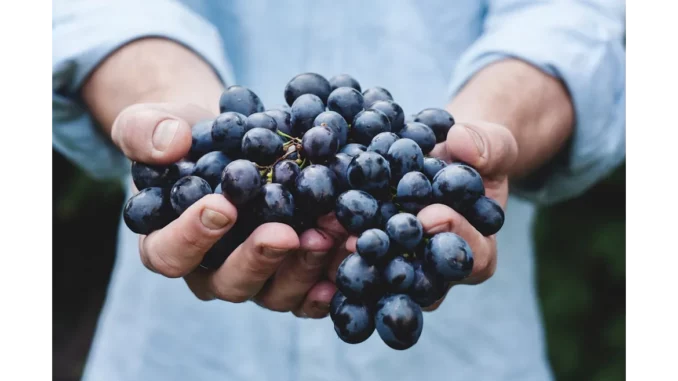
The Timeless Allure of Wine Aging
Wine, a beverage steeped in tradition and elegance, has captivated human culture for millennia, cherished not solely for its flavour but for its remarkable ability to mature gracefully over time. The art of aging wine is a sophisticated interplay of science and tradition, with roots tracing back to ancient civilisations. By delving into the nuances of wine aging, both casual enthusiasts and aspiring sommeliers can deepen their admiration for this luxurious elixir.
A Historical Journey Through Wine Aging
The journey of wine aging is as old as civilisation itself, with the earliest evidence discovered in Iran, where 7,000-year-old pottery jugs were unearthed. These ancient vessels, buried in cool earth, inadvertently created the ideal conditions for preserving wine. The Romans, renowned for their innovative engineering, harnessed their extensive catacombs to store wine, capitalising on the stable, cool environment underground. The French further refined this practice, constructing dedicated wine caves to ensure optimal maturation conditions.
In contemporary times, wine collectors embrace cutting-edge cellars and cabinets, meticulously regulating temperature, humidity, and light exposure. This evolution from primitive storage to sophisticated technology underscores the critical role of environmental factors in the wine aging process.
The Chemistry of Wine Maturation
Wine is an intricate composition of chemical compounds, constantly interacting and evolving over time. These reactions are instrumental in developing new flavours and aromas, transforming a simple drink into an exquisite sensory experience.
Esters: The Aromatic Alchemists
Central to a wine’s aroma profile, esters are formed when alcohol interacts with acids, a process shaped by the yeast used during fermentation. This dynamic reaction yields an ever-changing bouquet; a Chardonnay might reveal pear notes after two years, yet evolve into buttery aromas after five. Esters are the aromatic alchemists, crafting a symphony of scents that captivate the senses.
Tannins and Phenolic Compounds: The Guardians of Structure
Tannins, a type of phenolic compound, are paramount in the aging process, providing structure and astringency. As wine matures, tannins polymerise, forming long chains that precipitate as sediment, softening the wine’s texture and enhancing its smoothness. Phenolic compounds also influence aroma, with aldehydes imparting vanilla notes, while ethylphenol introduces less desirable flavours. Striking a balance among these compounds is essential for achieving a wine of complexity and harmony.
Oxygen: The Dual-Edged Influence
Oxygen is both an ally and adversary in wine aging. While excessive oxidation can spoil wine, controlled exposure enriches its complexity. Wine “breathes” through the cork, allowing a measured influx of oxygen that harmonises fruity and earthy notes. This delicate balance is why wine stored in cool, dark environments with natural corks often ages more gracefully.
Crafting the Ideal Aging Environment
For wine to reach its full potential, it must be nurtured in an environment where temperature remains stable at around 13°C (55°F), with a relative humidity of 70%, and minimal light exposure. Temperature fluctuations can hasten undesirable reactions, while inadequate humidity risks drying corks, leading to oxidation. UV light degrades essential compounds, diminishing the wine’s flavour and aroma. Mastering these conditions empowers wine enthusiasts to cultivate an environment where each bottle can mature exquisitely.
The Artistry of Wine Aging
Despite the scientific understanding of wine aging, it remains an art form, with each bottle uniquely shaped by its grape varietal, region, and vintage. Achieving the ideal balance of fruit, fermentation, and aging flavours is a meticulous process, requiring patience and expertise. The ultimate aim of aging wine is to enrich its complexity and depth, offering a sensory experience that enchants the palate. By comprehending the science underlying wine aging, we enhance our appreciation for the artistry that yields a truly exceptional bottle.


Be the first to comment